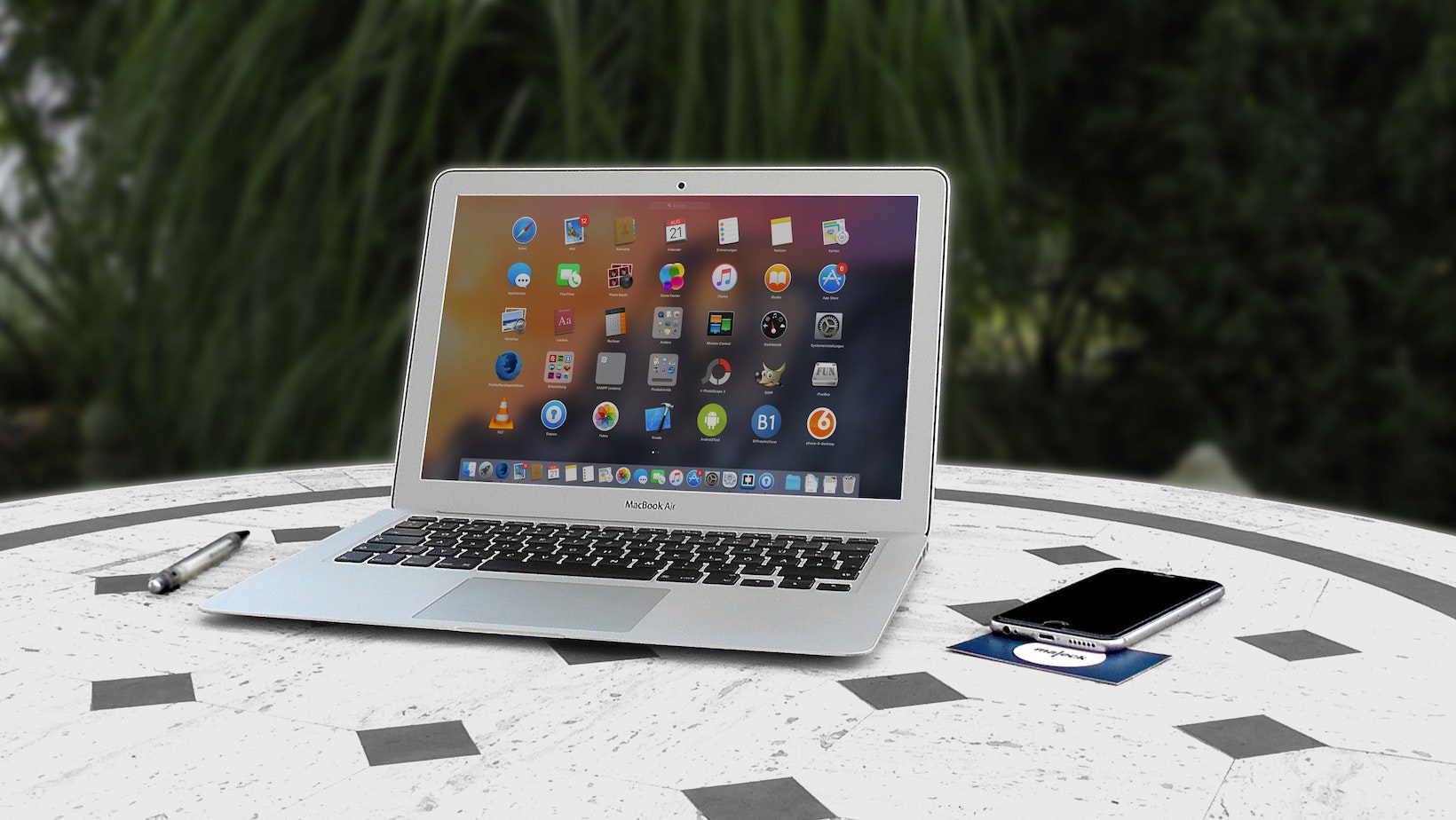When it comes to trading stocks, having the right tools is essential. One such tool that plays a crucial role in the world of stock trading is a reliable laptop. Whether you are a beginner or an experienced trader, having a laptop specifically designed for trading can greatly enhance your trading experience and optimize your performance.
Laptops for Trading Stocks
As a trader, having the right laptop can significantly impact your ability to make informed decisions and execute trades swiftly. When it comes to choosing a laptop for trading stocks, there are several factors you should consider. In this section, we’ll discuss three important aspects to keep in mind: your trading needs, the processor and RAM specifications, and the quality of the display.
Consider Your Trading Needs
Before diving into specific laptop features, it’s crucial to assess your individual trading requirements. Are you primarily a day trader who relies on real-time data and fast execution? Or do you engage in more long-term investing where speed might not be as critical? Understanding how you trade will help determine which features are essential for your laptop.
If you’re a day trader or an active investor who frequently engages in high-frequency trading, you’ll want a laptop with robust processing power and ample memory to handle multiple charts, indicators, and streaming data simultaneously. On the other hand, if you focus on longer-term investments or swing trading strategies that involve less frequent trades, a slightly less powerful machine may suffice.

Evaluate the Processor and RAM
The processor and RAM are two vital components that directly impact your laptop’s performance while trading stocks. Look for laptops equipped with at least an Intel Core i5 or AMD Ryzen 5 processor as they offer excellent multitasking capabilities. A higher-end processor like Intel Core i7 or AMD Ryzen 7 would be even better suited for handling intensive tasks such as running complex charting software or executing trades through multiple platforms.
In addition to a powerful processor, sufficient RAM is crucial for smooth multitasking. Aim for at least 8GB of RAM but consider upgrading to 16GB if budget allows. Having ample memory ensures that your laptop can efficiently handle resource-hungry applications without slowing down or freezing during critical market moments.
Look for a High-Quality Display
When it comes to trading stocks, having a high-quality display is paramount. You’ll want a laptop with a clear and vibrant screen that accurately represents market data and charts. Look for laptops with IPS (In-Plane Switching) or similar display technologies, as they provide wider viewing angles and better color accuracy.
Additionally, consider the size and resolution of the display based on your preferences and trading style. While a larger screen may offer more room for multiple charts and indicators, it can also make the laptop less portable. A resolution of 1920×1080 pixels (Full HD) or higher is recommended to ensure crisp visuals.
By considering your trading needs, evaluating the processor and RAM specifications, and looking for a high-quality display, you can choose a laptop that suits your trading style. Remember to prioritize performance over aesthetics when making your decision, as speed and reliability are key when it comes to trading stocks effectively.
In conclusion, finding a budget-friendly laptop for trading stocks doesn’t mean compromising on performance. These laptops offer the right balance of power, affordability, and features to meet your trading needs without breaking the bank. Happy trading!




